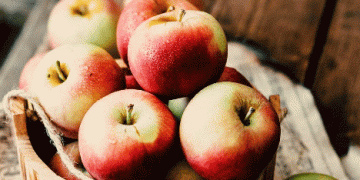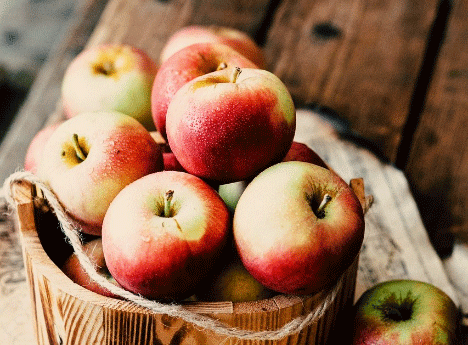The European apple market has witnessed notable price fluctuations due to limited supply and sustained demand. According to the latest report from the Federal Office for Agriculture and Food (BLE), the market is currently dominated by domestic varieties such as Elstar and Jonagold, with Wellant, Braeburn, and Tenroy also featuring prominently, albeit in smaller volumes. Seasonal constraints have reduced availability, yet the high quality of the produce has continued to attract consumers.
The restricted supply has occasionally led to price increases. These fluctuations have been observed not only in domestic offerings but also in Italian varieties such as Pink Lady, Granny Smith, and Golden Delicious. Additionally, French varieties like Jazz and Pink Lady have experienced slight price rises, reflecting their popularity and the pressures of limited supply.
The European apple assortment is further complemented by small quantities from the Netherlands, Belgium, and Poland. Meanwhile, imports from overseas markets are becoming increasingly prominent. New Zealand’s Braeburn and Royal Gala, along with Elstar and Royal Gala from Chile, are particularly noticeable in the market. South African Braeburn and Kanzi are also contributing to the diverse selection available to consumers.
Despite the high quality of these apples—characterized by excellent taste, color, and size—the market activity has not yet reached its peak. Consumers are currently showing a preference for stone fruits and berries, which has resulted in a balanced demand that suppliers can easily meet.
In Berlin, the new season for German apples has already begun, with the first Lodi apples being offered at €2.40 per kilogram. This marks the start of the fresh harvest, promising further variations in supply and pricing as the season progresses.
For farmers, agronomists, and agricultural engineers, these market dynamics highlight the importance of understanding supply and demand trends. The observed price fluctuations are indicative of the market’s sensitivity to availability and consumer preferences. Effective supply chain management and strategic planning are essential to navigate these changes and optimize profitability.
Additionally, scientists and agricultural professionals can investigate the underlying factors contributing to these fluctuations, such as climatic conditions, storage capabilities, and transportation logistics. By addressing these factors, the industry can improve resilience and better meet consumer demand.
The European apple market is experiencing price fluctuations due to limited supply and high demand. Understanding these market dynamics is crucial for farmers and agricultural professionals to optimize production and meet consumer needs. As the new harvest season progresses, further changes in supply and pricing are anticipated, underscoring the importance of strategic planning and market analysis.































